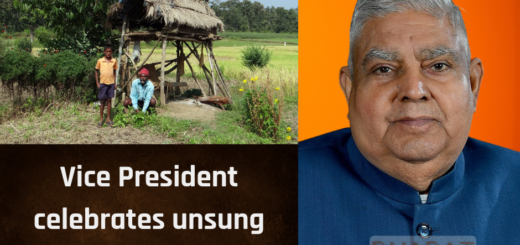Vedic period (c. 1500 – 600 BCE)
The production and transmission of the Vedas, a body of religious writings that serve as the cornerstone of Hinduism, took place during a time period known as the Vedic Period in ancient Indian history. Most historians agree that the Vedic Period encompassed the years 1500 BCE to approximately 600 BCE.
The Indian subcontinent's population was primarily pastoral and agricultural during this time, and its society was divided into four varnas or classes: Brahmins, or priests and scholars; Kshatriyas, or warriors and rulers; Vaishyas, or merchants and traders; and Shudras, or laborers. The Brahmins, who were in charge of preserving and transmitting the religious and cultural customs of the time, created and conveyed the Vedas verbally.
Early Hinduism was born during the Vedic Period, when a variety of gods, including Indra, Agni, and Soma, were worshiped. Along with the emergence of philosophical concepts like karma and reincarnation, Vedic period saw the development of a sophisticated system of sacrifices and rituals. With the migration of Indo-European tribes from Central Asia and the birth of the Sanskrit language, the Vedic Period also saw a substantial transformation in both culture and language. During this time, numerous strong kingdoms and empires rose to power, including the Kuru, Panchala, and Magadha dynasties.
Second urbanisation (c. 600 – 200 BCE)
A time period in ancient Indian history called the Second urbanisation, also called the Iron Age Urbanisation period, lasted from roughly 600 BCE to 200 BCE. Urbanisation and the rise of strong kingdoms in diverse regions of the Indian subcontinent were its defining features. Iron technology was increasingly used throughout this time, which had a major impact on agriculture, warfare, and other industries. This made it possible to produce extra food, which in turn fostered the development of urban areas and boosted trade and commerce.
During this time, a number of significant kingdoms rose to power, including the Shaishunaga Dynasty, the Nanda Empire, and the Maurya Empire. Strong central administrations, advanced administrative structures, and an emphasis on conquest and expansion were characteristics of these kingdoms. Important religious and philosophical traditions, including as Jainism, Buddhism, and the Upanishads, developed during the Second Urbanisation Period. These customs had a big impact on Indian society and culture, and they still have an impact on the area today.
















